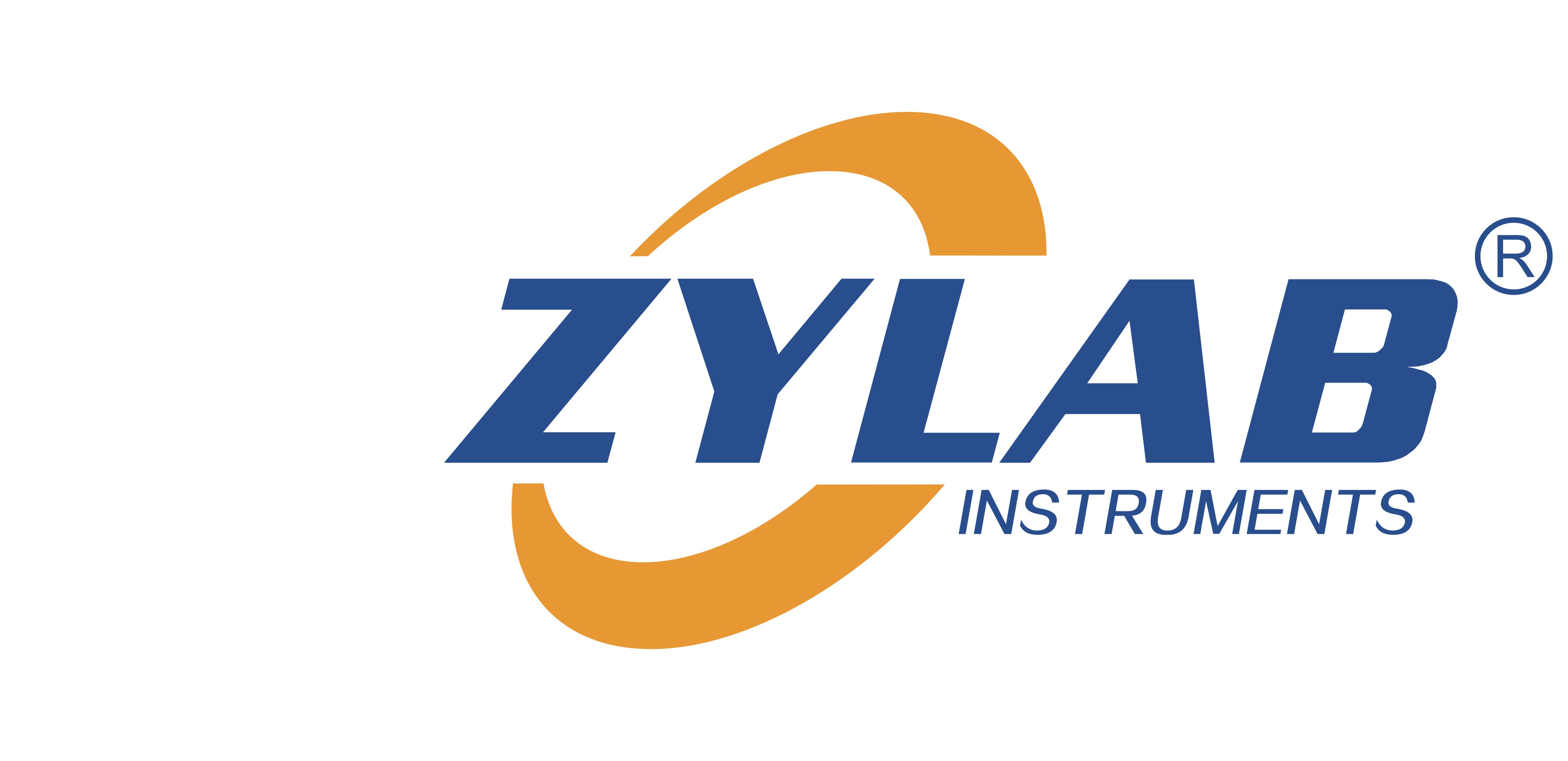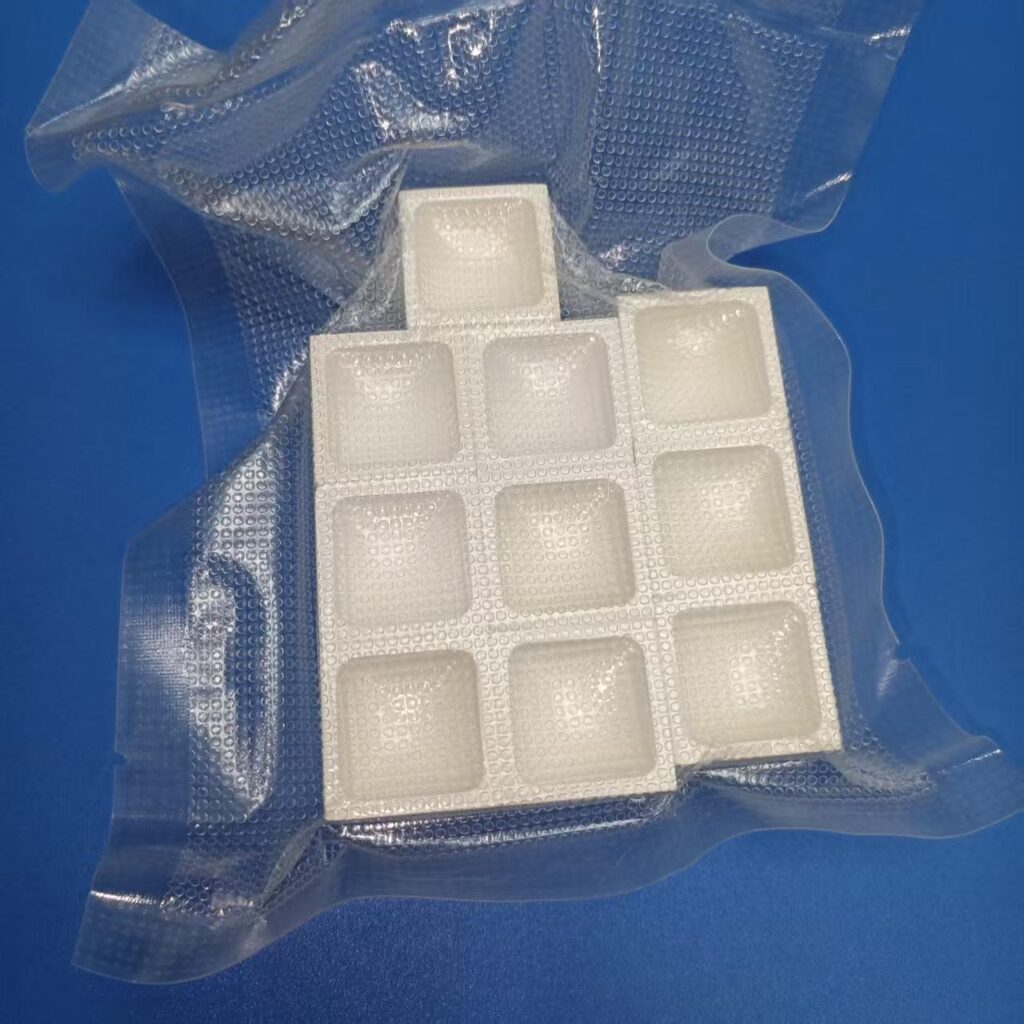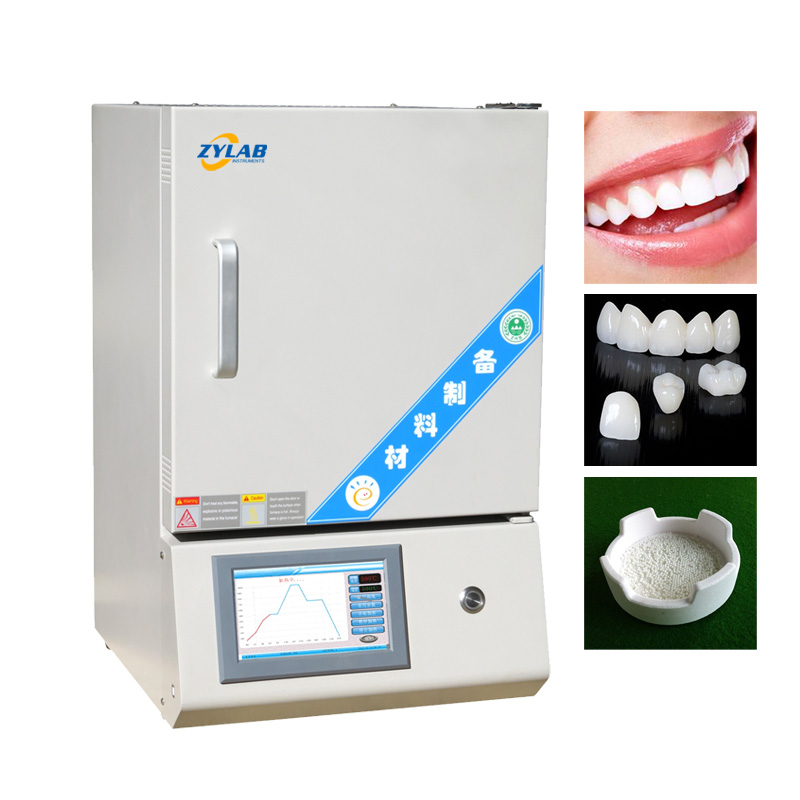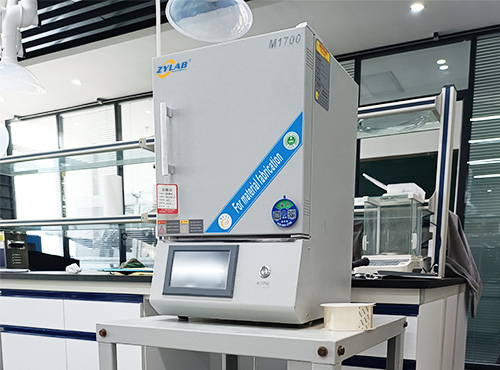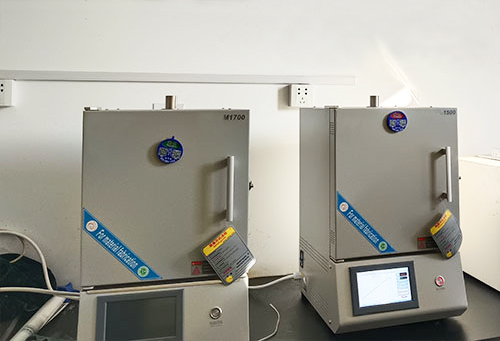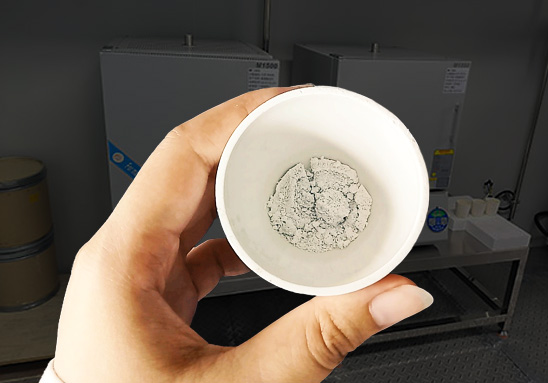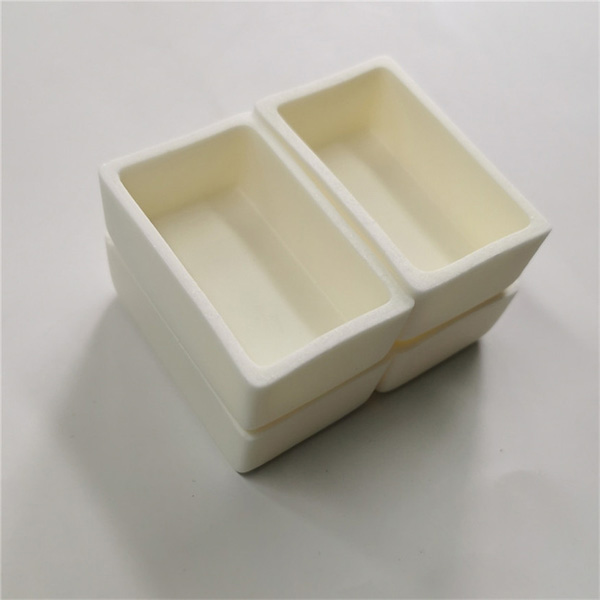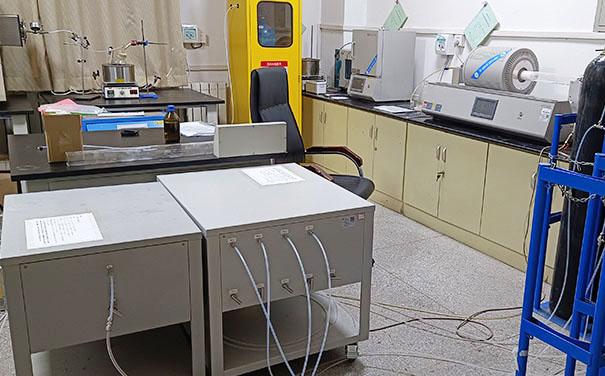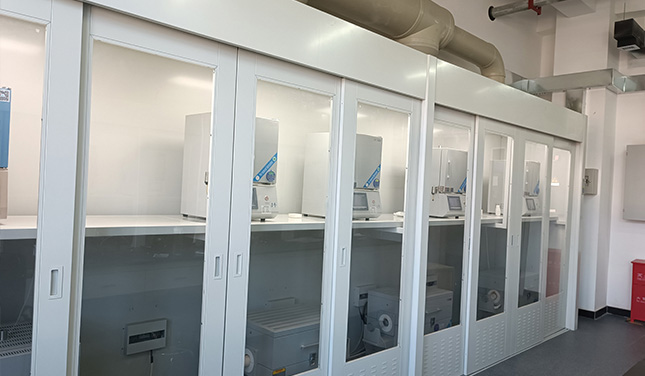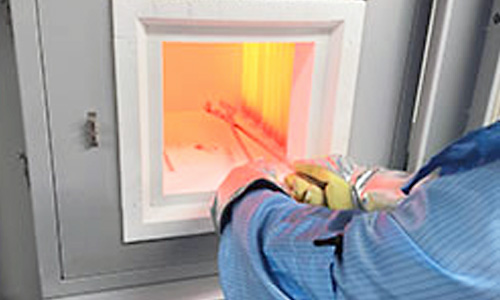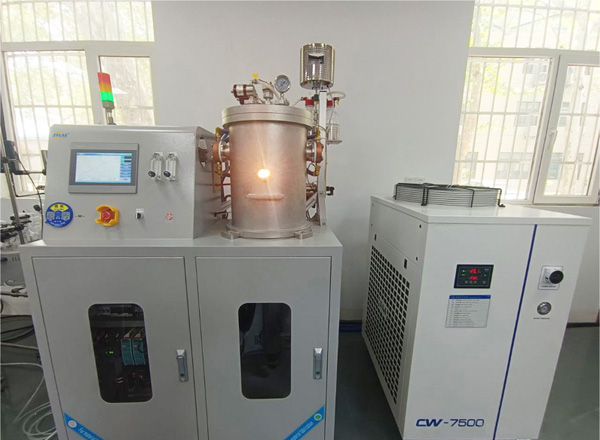At ZYLAB, we take pride in supporting advanced research institutions with precision-engineered materials and tailored thermal solutions. One of our recent collaborations involved the customization and delivery of boron nitride crucibles for the Faculty of Engineering and Applied Science at Queen’s University, Canada—a globally recognized center for cutting-edge materials and energy research.
Author Archives: ZYLAB Solution
Muffle furnaces are essential tools in modern materials research, especially for ceramic and metal sintering applications. In research and development (R&D) laboratories, where precision, repeatability, and control are paramount, muffle furnaces provide the reliable thermal environment necessary for studying advanced materials and developing new processes.
Proper installation of a muffle furnace is essential to ensure safe operation, extend the equipment’s lifespan, and maintain consistent performance. Whether you’re setting up a furnace for materials testing, ash content analysis, or other high-temperature processes, following the right procedures can make a significant difference.
In laboratory settings, the muffle furnace is an indispensable tool for precise and controlled cement calcination. This blog explores how to use a muffle furnace for cement calcination, the typical temperature ranges, best practices, common challenges, and how to improve test accuracy.
Ash content testing is a crucial process in material analysis across industries such as metallurgy, environmental science, and food safety. A muffle furnace is one of the most commonly used instruments for this task due to its ability to provide stable, high-temperature conditions for complete combustion of organic matter.
Alumina crucibles (Al₂O₃) are widely used in high-temperature applications such as ceramic sintering, metal melting, and powder heat treatment thanks to their excellent thermal stability and chemical resistance.
However, users often encounter cracking issues during use, which can lead to wasted materials, failed experiments, and production delays.
When it comes to working at temperatures above 1000°C, what’s happening around your material can be just as important as what’s happening to it. That’s where atmosphere control comes in — a silent, invisible force that shapes everything from material quality to process safety.
In recent years, laboratory environments have undergone a quiet but powerful transformation. As demands for precision, efficiency, and repeatability increase across materials science, electronics, and additive manufacturing, automated heat treatment systems are emerging as a core enabler of next-generation research and production workflows.
Learn how to retrieve materials safely from a hot laboratory furnace—up to 1100°C—with modern design enhancements like lifting platforms and automated control systems.
Developing advanced Mo alloys requires precise control over the alloying process, and this is where the High Vacuum Tungsten Wire Furnace becomes indispensable.
In this blog, we will explore the key role of this specialized furnace in molybdenum alloy research, focusing on its features, benefits, and practical applications.
